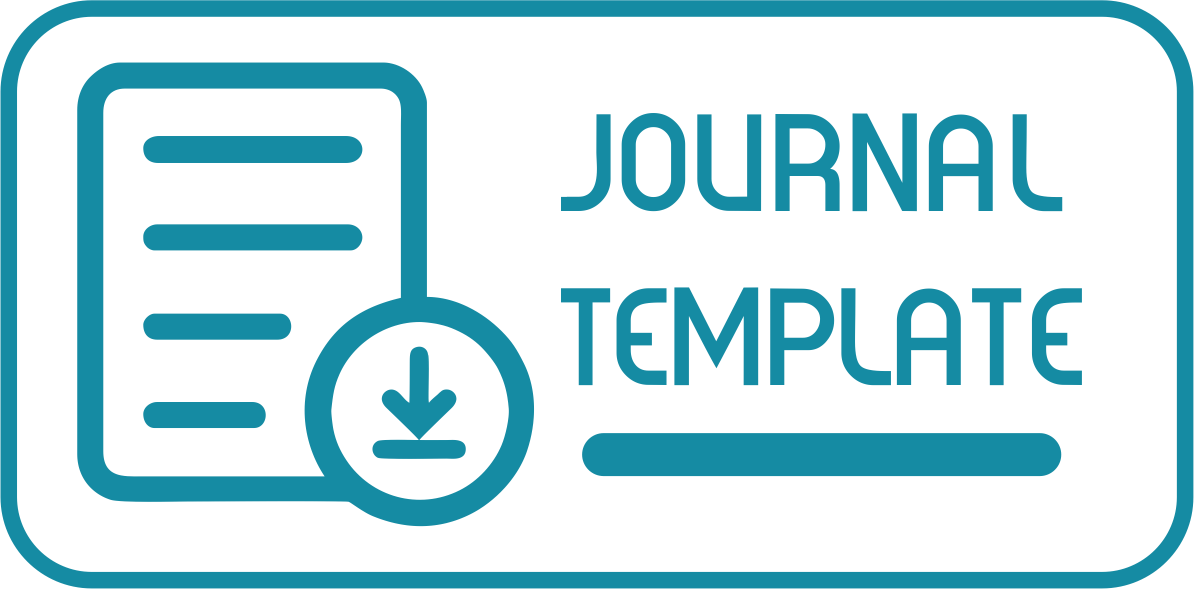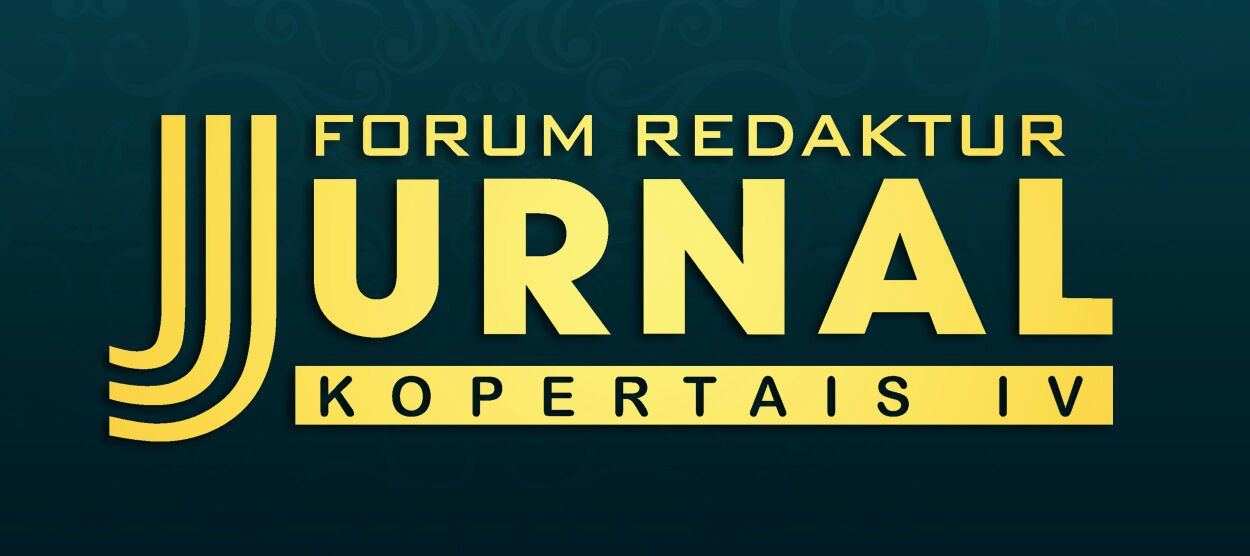KERANGKA BERPIKIR WALI SONGO DAN ISLAMISASI JAWA PADA PERALIHAN ABAD XV DAN XVI
DOI:
https://doi.org/10.35897/intaj.v7i2.1332Keywords:
The Framework of Thought, Wali Songo, Massive Islamization in JavaAbstract
This research aims to explore the framework of thought used by the Wali Songo in the process of massive Islamization in Java during the transition period of the 15th and 16th centuries. A historical-philosophical approach is used to explore the thoughts and da'wah strategies carried out by Wali Songo in dealing with the social conditions of Javanese society at that time. The content analysis method is used to analyze historical texts and related literature which contain the preaching activities of the Wali Songo.
The research results show that the Wali Songo's frame of mind is reflected through the social analysis and da'wah strategies they use. Through a deep understanding of local communities and their spiritual needs, the Wali Songo use an approach appropriate to the Javanese cultural context to spread Islamic teachings on a massive scale. They adopted an inclusive and adaptive da'wah method, utilizing local culture, language and traditions to form an understanding of Islam that was relevant and acceptable to Javanese society at that time.
This research contributes to an understanding of the dynamics of Islamization in Java during that period, as well as the relevance of the da'wah strategies used by the Wali Songo in different social and cultural contexts.
Downloads
References
Ambary, Hasan Muarif. 2001. Menemukan Peradaban: Jejak Arkeologis dan His-toris Islam Indonesia. Ctk. II. Ciputat: PT Logos Wacana Ilmu.
Arifin, Miftah. 2015.Wujudiyah di Nusantara: Kontinuitas dan Perubahan. Ctk. I. Jember: STAIN Jember Press.
Asy, Fauzan. 2004. Perkembangan Pendidikan Islam di Nusantara: Studi Perkembangan Sejarah dari Abad 13 hingga Abad 20 M. Edisi digital. Bandung: Angkasa.
Baso, Ahmad. 2015. Islam Nusantara: Ijtihad Jenius dan Ijma‘ Ulama Nusantara. Ctk. I. Jakarta, Pustaka Afid.
Bizawie, Zainul Milal. 2002.Perlawanan Kultural Agama Rakyat: Pemikiran dan Paham Keagamaan Syekh Ahmad Mutamakkin dalam Pergumulan Islam dan Tradisi (1645-1740). Ctk. I. Yogyakarta: SAMHA dan Yayasan Keris.
Drewes, G.W.J. 1985. “New Light on the Coming of Islam to Indonesia?”. Dalam Ahmad Ibrahim et al. (ed.). Readings on Islam in Southeast Asia, Singapura: Institute of Southeast Asian Studies.
Effendy, Bahtiar. 2003. Islam and the State in Indonesia. Edisi digital. Singapura: Institute of Southeast Asian Studies.
Fitriah, Ainul. 2013. “Pemikiran Abdurrahman Wahid tentang Pribumisasi Islam”. Teosofi: Jurnal Tasawuf dan Pemikiran Islam 3. No. 1. Juni 2013.
Florida, Nancy K. 1993. Javanese Literature in Surakarta Manuscripts: Introduc-tion and Manuscripts of the Karaton Surakarta. Edisi digital. New York: SEAP Publications.
Gusmian, Islah. 2010. “Bahasa dan Aksara Tafsir Al-Qur’an di Indonesia: dari Tradisi, Hierarki, hingga Kepentingan Pembaca”. Tsaqafah: Jurnal Peradaban Islam 6. No. 1, April 2010.
Hall, Kenneth R. 1994. “Economic History of Early Southeast Asia”. Dalam Nich-olas Tarling (ed.). The Cambridge History of Southeast Asia: Volume 1, From Early Times to C.1800. Ctk. II. Cambridge: Cambridge University Press.
Haryadi, Sugeng. 2002. Sejarah berdirinya Masjid Agung Demak dan Grebeg Be-sar. Edisi digital. Grobogan: Mega Berlian.
Iguchi, Masatoshi. 2015. Java Essay: The History and Culture of a Southern Country. Edisi digital. Leicester: Troubador Publishing Ltd.
Lukens-Bull, Ronald. 2008. “The Traditions of Pluralism, Accommodation, and Anti-Radicalism in the Pesantren Community”. Journal of Indonesian Is-lam 2. No. 1, Juni 2008.
Miles, Matthew B., dan Alan M. Huberman. 1994. Qualitative Data Analysis: An Expanded Sourcebook. Ctk. II. California: Sage Publications Inc.
Munip, Abdul. 2014. “Menggagas Teori Pendidikan Orang Jawa”. Dalam Nurazmallail Marni dan Mohd Faeez Ilias. Seminar Antarabangsa Education, Law, Civilization, Sains & Teknologi dalam Konsep dan Aplikasi (ELCIST 2014). Ctk. I. Johor: Fakulti Tamaddun Islam Universiti Teknologi Malaysia.
Mustafied, Muhammad. 2014. “Strategi Kebudayaan Walisongo: Bagaimana Im-plementasinya di Era Globalisasi-Neoliberalisme?”. Makalah. Diskusi Be-dah Buku Atlas Wali Songo Karya Agus Sunyoto. Malang: STAI Al-Qolam, 25 Mei 2014
Pigeaud, Theodore G.Th. 1967. Synopsis of Javanese Literature, 900-1900 A.D. Edisi digital. Leiden: KITLV
Pigeaud, Theodore G.Th., dan H.J. de Graaf. 1976.Islamic States in Java, 1500-1700: A Summary, Bibliography, and Index. Edisi digital. Houten: Springer Media.
Pranowo, Bambang. 2009. Memahami Islam Jawa. Ctk. I. Jakarta: Pustaka Alvabet.
Rasmussen, Anne. 2010.Women, the Recited Qur’an, and Islamic Music in Indonesia. Ctk. I. California: University of California Press.
Ricci, Ronic. 2011. Islam Translated: Literature, Conversion, and the Arabic Cosmopolis of South and Southeast Asia. Ctk. I. Chicago: University of Chicago Press.
Ricklefs, M.C. 2001. A History of Modern Indonesia since c. 1200. Edisi III. Ctk. I. Basingstoke: Palgrave.
_____. 1985. “Islamization in Java: Fourteenth to Eighteenth Centuries”. Dalam Ahmad Ibrahim et al. (ed.). Readings on Islam in Southeast Asia. Singa-pura: Institute of Southeast Asian Studies.
_____. 2013. Mengislamkan Jawa: Sejarah Islamisasi di Jawa dan Penentangnya dari 1930 sampai Sekarang. Ctk. I. Jakarta: PT Serambi Ilmu Semesta.
_____. 2007. Polarising Javanese Society: Islamic and Other Visions (c. 1830-1900). Ctk. I. Singapura: National University of Singapore.
Ridwan. 2008. “Mistisme Simbolik dalam Tradisi Islam Jawa”. Ibda’: Jurnal Studi Islam dan Budaya. Vol. 6, No. 1. Januari-Juni 2008.
Simuh. 1988. Mistik Islam Kejawen Raden Ngabehi Ranggawarsita: Suatu Studi terhadap Serat Wirid Hidayat Jati. Ctk. I. Jakarta: Universitas Indonesia.
_____. 1995. Sufisme Jawa: Transformasi Tasawuf ke Mistik Jawa. Ctk. I. Yogyakarta: Bentang Budaya,
Sunyoto, Agus. 2012. Atlas Wali Songo: Buku Pertama yang Mengungkap Wali Songo sebagai Fakta Sejarah. Ctk. II. Depok: Pustaka IIMaN.
Suryanegara, Ahmad Mansur. 1998. Menemukan Sejarah: Wacana Pergerakan Is-lam di Nusantara. Ctk. IV. Bandung: Mizan.
Syam, Nur. 2005. Islam Pesisir. Ctk. I. Yogyakarta: LkiS.
Ulum, Bahrul. 2011. “Ibnu Arabi: Studi Rahasia Shalat dalam Kitab al-Futūhāt al-Makkiyyah”. Tesis. Malang: UIN Maulana Malik Ibrahim.
Umar, Ahmad Rizky Mardhatillah. 2012. “Ekonomi Politik Perminyakan Indone-sia: Analisis Kebijakan Liberalisasi Sektor Hulu Migas Indonesia pasca-1998”. Jurnal Ilmu Sosial dan Ilmu Politik 16. No. 1. Juli 2012.
Wahby, Ahmed E.I. 2007. “The Architecture of the Early Mosques and Shrines of Java: Influences of the Arab Merchants in the 15th and 16th Centuries?”. Disertasi. Bamberg: Otto-Friedrich-Universität Bamberg.
Winarno, Budi. 2009. Pertarungan Negara vs Pasar. Ctk. I. Yogyakarta: Media Pressindo.
Woordward, Mark. 2008. Islam Jawa: Kesalehan Normatif versus Kebatinan. Terj. Oleh Hairus Salim HS. Ctk. IV. Yogyakarta: LkiS.
Zuhri, Saifuddin. 2007.Guruku Orang-orang dari Pesantren. Ctk. II. Yogyakarta: LKiS
Downloads
Published
How to Cite
Issue
Section
License
Copyright (c) 2023 Muhammad Adib

This work is licensed under a Creative Commons Attribution-NonCommercial 4.0 International License.







